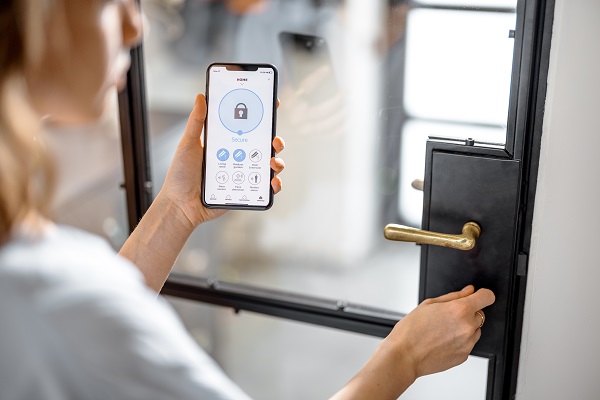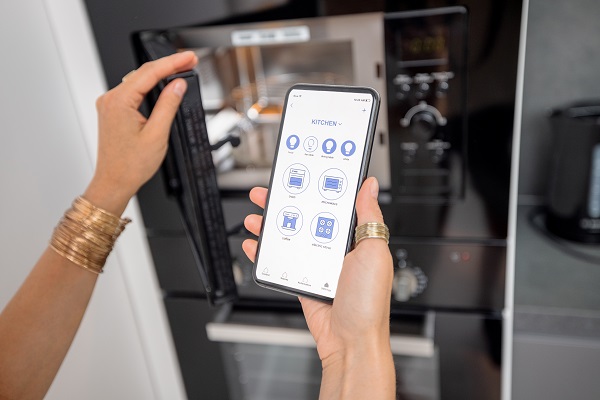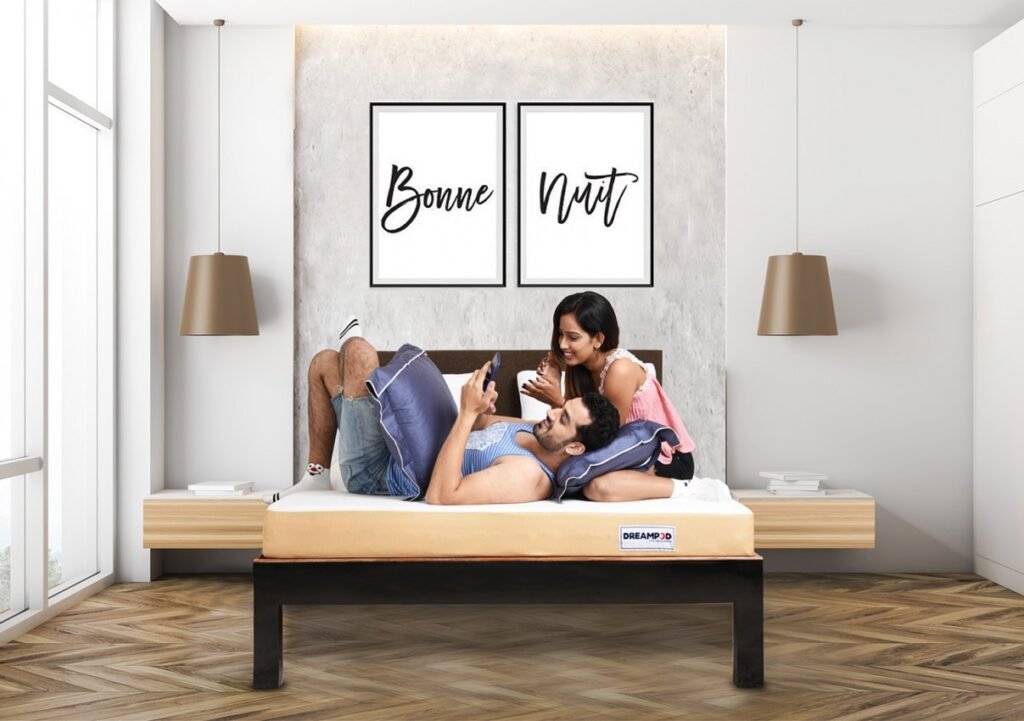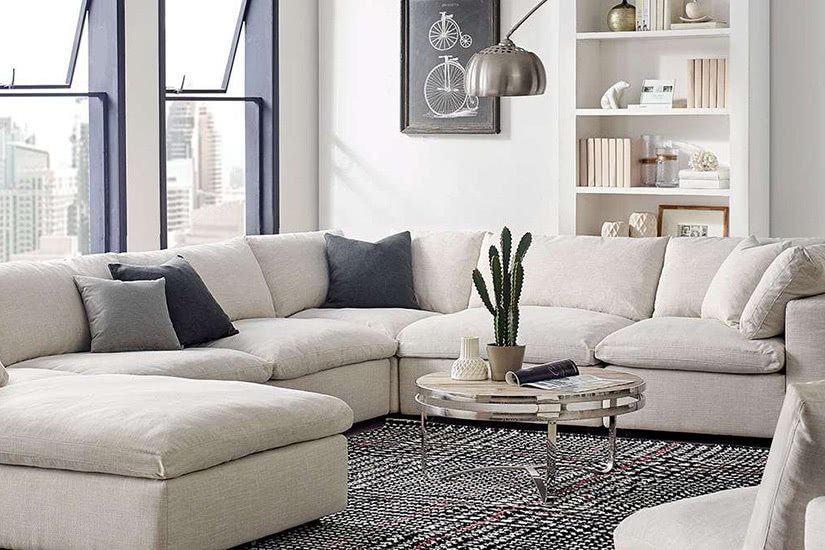The Use of Smart Home Technologies in Remodeling
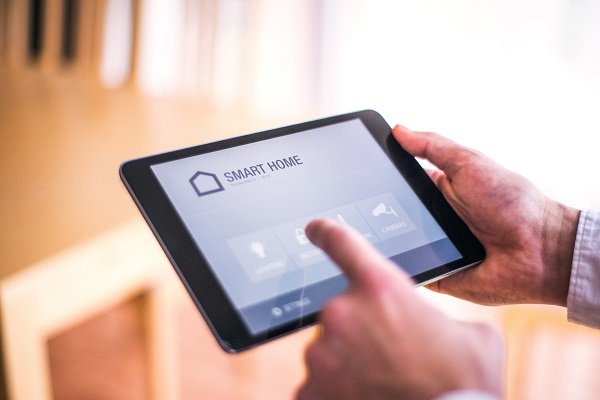
Smart home technologies have gained immense popularity in recent years, and no wonder – they make life much easier, more convenient and secure. These technologies allow for a greater degree of control and automation over various aspects of the home, making it possible to improve functionality and convenience for homeowners. One area where smart home technologies can be particularly useful is in remodeling projects.
Contents
What Are the Different Examples of Smart Home Technologies?
There are many different smart home technologies that can be incorporated during a remodel, but here are a few examples:
Smart Lighting –
Smart lighting is a type of technology used in smart homes to control and automate lighting in a home through the use of a smartphone or other device. Smart lighting systems typically include a hub or a bridge that connects to the home’s internet router and allows the lights to be controlled remotely. The lights themselves are typically LED bulbs that are equipped with a wireless chip, such as Zigbee or Z-wave, which allows them to communicate with the hub or bridge.
Smart lighting systems can be controlled through a smartphone app, a web interface, or even through voice commands. They can be scheduled to turn on and off at specific times, dimmed or brightened, set to a certain colour temperature or to a specific colour, and can be set to create different scenes for different rooms or activities. By integrating smart lighting systems with other smart home devices like thermostats, security and home assistants, you can create a highly automated environment for your house. This enhances convenience and lets you customize your home according to your needs.
Smart Thermostat –
A smart thermostat is a type of technology used in smart homes to control and automate the heating and cooling systems in a home through the use of a smartphone or other device. Smart thermostats are incredibly convenient with their control options. You can control them through your smartphone, web interface or even speaking to the device itself. They can be scheduled to turn on and off at specific times, set to a certain temperature, and can be integrated with other smart home devices, such as smart lighting and security systems, to create a fully automated home.
Smart Security –
Smart security is a type of technology used in smart homes to improve the security of the home through the use of a smartphone or other device. Smart security systems connect to the home’s internet router, and a variety of devices such as door and window sensors, cameras, and alarms.
Some of the key features of smart security systems include:
Motion detection: Smart security systems can be configured to detect motion and send alerts to the homeowner’s smartphone or other device.
Door and window sensors: Smart security systems can include door and window sensors that can detect when a door or window is opened and send an alert to the homeowner’s smartphone or other device.
Alarms: Smart security systems can include alarms that can be triggered by motion detection, door or window sensors, or other devices.
Automatic response: Smart security systems can be set to automatically turn on lights, lock doors, or perform other actions in response to a security event.
Smart Appliances –
Smart appliances are a type of technology used in smart homes to control and automate various household appliances through the use of a smartphone or other device. Smart appliances can include a wide range of devices, such as refrigerators, ovens, washing machines, dryers, and more.
Some of the key features of smart appliances include:
Energy monitoring: Smart appliances can track their energy consumption and provide usage reports, which can help homeowners to reduce their energy costs.
Automatic scheduling: Smart appliances can be scheduled to turn on and off at specific times, which can be helpful for running appliances when energy rates are lower or when the homeowner is away from home.
Voice control: Smart appliances can be controlled through voice commands, which can be convenient for homeowners who want to control the appliances without having to physically interact with the device.
Smart Home Entertainment –
Smart home entertainment systems can be controlled through a smartphone app, a web interface, or even through voice commands.
Some of the key features of smart home entertainment include:
Remote control: Smart home entertainment systems allow homeowners to remotely control their entertainment devices and systems using a smartphone app or web interface.
Voice control: Smart home entertainment systems can be controlled through voice commands, which can be convenient for homeowners who want to control the entertainment without having to physically interact with the device.
Integration with other devices: Smart home entertainment systems can be integrated with other smart home devices, such as smart lighting and thermostats, to create a fully automated home.
Considerations for Homeowners When Incorporating Smart Home Technologies into a Remodeling Project
Cost:
Smart home technologies can be expensive to install, and it’s important for homeowners to have a clear understanding of the cost before proceeding with the project.When investing in smart home technology, it is important to take into account its potential return on investment.
Compatibility:
It is important for homeowners to verify that the modern home tech they use is compatible with their existing hardware or systems. This can include compatibility with their home’s internet router, their smartphone or other device, and other smart home devices they may already have.
Security:
Smart home technologies, while handy and efficient, can be exposed to potential hackers and cybercrime threats. Homeowners should ensure that their smart home technology has robust security measures in place, and that they understand how to properly secure their smart home devices.
Professional installation: Smart home technologies can be complex to install, and it may be necessary to hire a professional to help with the installation. Homeowners should research different professionals and ensure that they have experience installing the specific smart home technology being used.
Scalability:
Smart home technology is constantly evolving. Homeowners should consider how the technology they choose will integrate with future upgrades and developments in smart home technology.
If you are looking for remodeling company for you needs do check Steller Construction. They provide best services in Home, Kitchen and Bathroom remodeling. They recently awareded with NARI Contractor of the year Award for their remarkable work in remodeling.
Smart home technology has revolutionised the way we live in our homes by providing greater control and automation over various systems and devices. From smart lighting and thermostats to smart appliances and security systems, there are many different technologies that can be incorporated into a smart home. These technologies can lead to improved functionality, convenience, cost savings, and energy efficiency.
Overall, smart home technology has the potential to greatly enhance the way we live in our homes, making them more comfortable, convenient, and secure.We can expect even more impressive breakthroughs in the field of home automation technology as we progress further into the technological age. It’s going to be a thrilling journey towards smarter homes!







